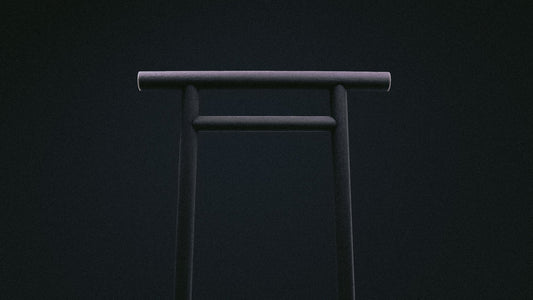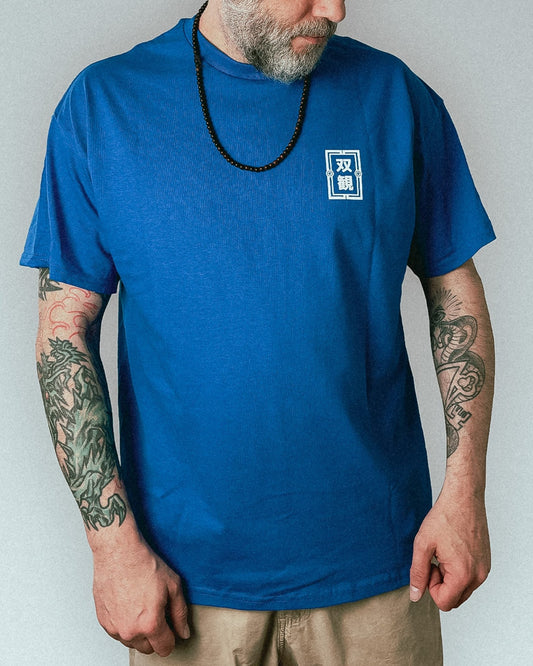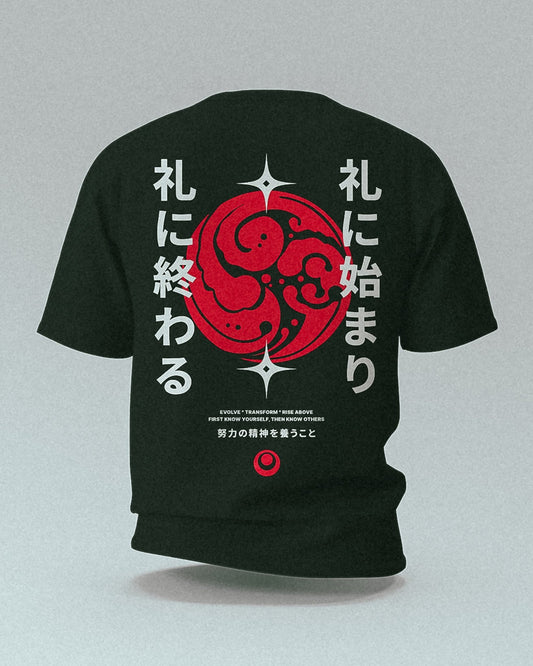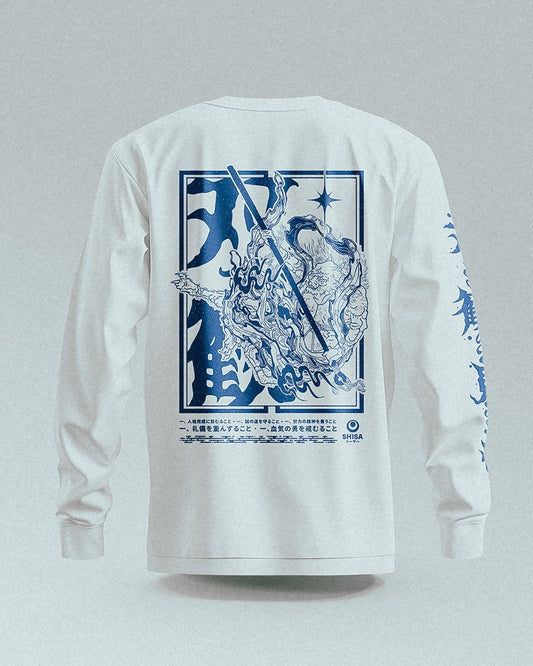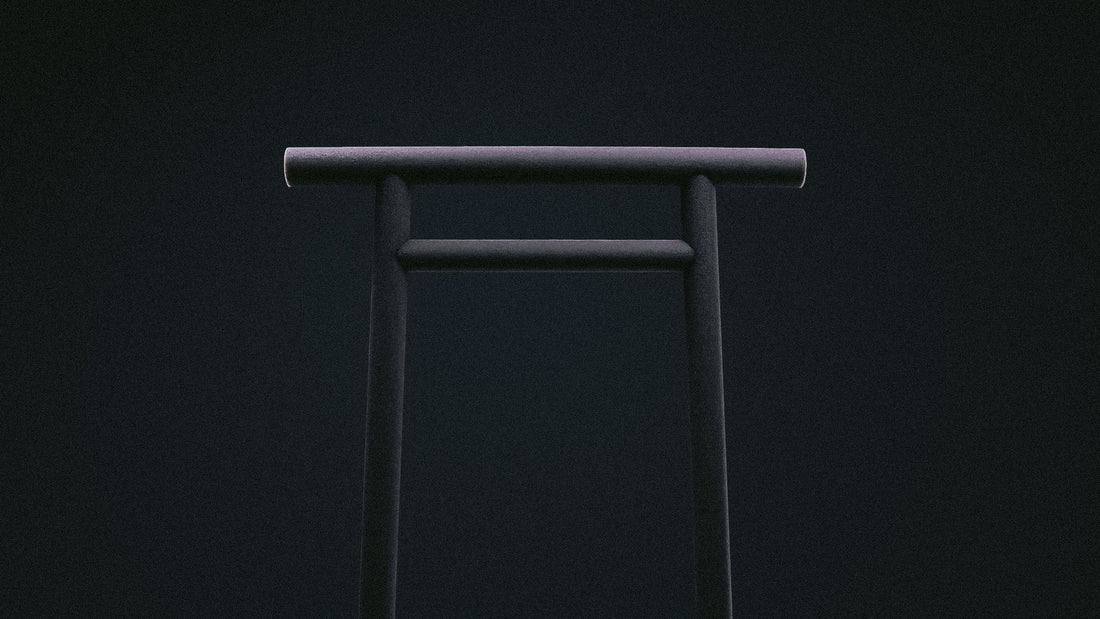
Built To Last
Average reading time: 3-5 minutes
Japanese design is famous for its patterns and they appear everywhere: from samurai armor to tea pots. And as you might suspect, they go way beyond being simply decorative elements. They give meaning and context to the applied object. When it comes to expressing refinement and persistence, the koji-tsunagi (工字繋ぎ) pattern is commonly used.
Built from the character kō (工), the pattern repeats endlessly in every direction. No start. No end. Just an ever expanding grid. It’s a symbol born from craftsmanship, meaning skill, craft or construction. In our oppinion it is not limited only to artisan work but also transferable to martial arts, creative practice and any path defined by continuous evolution.

Simple in shape, rich in meaning
The kanji 工 might be one of the simplest shapes in the Japanese language originally depicting a carpenter's square or ruler. In a wider cultural context it serves as the foundation of two other concepts in regard to a craft or the achievement of one: shokunin (職人), describing a person that mastered their craft through years of dedicated practice and kufu (工夫), a word to express the process of thinking creatively and putting in the effort. All expressing the quiet virtues of steady work.

The Craftsman’s Geometry
Pattern-designed fabrics were first introduced to Japan via Ming Dynasty China in form of luxurious silk fabrics called "saya“. Those later led to the development of original sets of patterns based on Japanese design aesthetics, many of which are still preserved and used today.
Koji-tsunagi belongs to a family of patterns called tsunagi (繋ぎ) – designs that repeat infinitely without interruption. Such patterns became widespread in Edo-period Japan (1603–1868), a time when their use was no longer reserved exclusively for aristrocrates or the samurai class. Textile makers and dyers were exploring new forms of decoration for everyday wear, making designer clothings available "for everyone", so to say.


